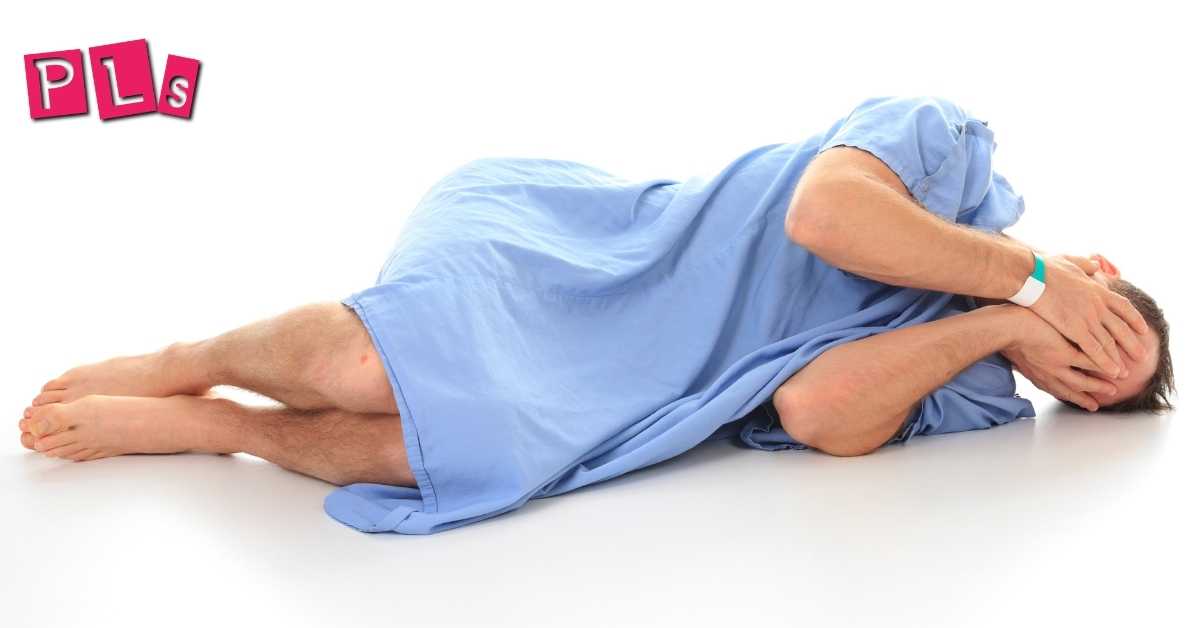PSYCHIATRIC DISORDER: meaning, classification, diagnosis, causes, medication
A psychiatric disorder is an abnormality in how the mind function. Its cause is usually not known, but it’s usually a result of a dysfunction in one or more parts of the brain.
A psychiatric patient has an altered action of presenting his/her actions Such as how they talk, feel acts, thinks or perceive. Patients diagnosed with this disorder experience behavioural, psychological and emotional abnormalities.
Psychological disorders have a negative impact on a person’s personal, economic and social lifestyle, it can even lead to death. Psychiatric disorders aren’t gender-specific that means it affects both males and females, tribes and cultures.
Major treatments of psychiatric disorders are pharmacotherapy and Psychotherapy. Pharmacotherapy involves the use of drugs such as sedatives and other psychomotor drugs to bring the mental function of the patient back to normal.
Psychotherapy involves talking with a licensed therapist and using drugs as an adjunct.
CLASSIFICATION OF PSYCHIATRIC DISORDERS
Psychiatric disorders are classified using the international classification of diseases (ICD-10), 10th revision, 1992 which is also known as the WHO’s classification for all diseases and the diagnostic and statistical manual of mental disorders (DSM-IV-TR) IV Edition developed by the American psychiatric association (APA) Of psychiatric disorders.
The chapter in ICD-10 In which psychiatric disorders are classified is ‘F’ which classifies psychiatric disorders as mental and behavioural disorders (MBDs) it assigns codes to use a joined alphabet and numeral system.
F00-F009: Organic cases including sympathetic mental disorders
F10-F10: Behavioural and mental disorders secondary to psychoactive substance abuse.
F20-F29: Schizophrenia,schizotypal and delusional disorders
F31-F39: Affective disorders i.e mood disorders.
F40-F48:Neurotic, stress-related and somatoform disorder
F50-F59: Behavioural syndrome i.e Psychosomatic disorders
F60-F69: Disorders of adult behaviour and personality.
F70-F79:Mental retardation
F80-F89:Disorders of psychological development
F90-F98: Behavioural and emotional Disorders
DIAGNOSIS OF PSYCHIATRIC DISORDER
- Use of rating scales such as YMRS (young mania rating scale), mini-mental rating scale, Etc.
- Appropriate patient interview taking note of the history of present illness, medical history, medication history, family history, social history etc.
- Physical examination: inspection, palpation, percussion, auscultation .
- Scans, x-rays.
CAUSES (AETIOLOGY) OF PSYCHIATRIC DISORDERS
Medically there’s no known cause for psychiatric disorders, but studies suggest that they may have psychological, traumatic and genetic components. There are some events or factors that predispose a person to Psychiatric Disorders. Examples include;
GENETIC DISORDERS
A person may likely develop a psychiatric abnormality if there have been cases of Psychiatric Disorders in the family.
GENDER
Females are more likely to develop depression and anxiety, while males are more likely to develop Schizophrenia and mania.
DRUG ABUSE
People who abuse drugs like Tobacco, cocaine, and other hard drugs are likely to develop a psychiatric disorder due to excessive neuronal stimulation.
MEDICATION AND MEDICAL CONDITIONS
Some drugs have been known to induce Psychiatric Disorders upon their usage, this is usually a side effect and it goes when the drugs are discontinued, examples include amphetamine, ketamine, corticosteroids etc.
Some medical conditions also can trigger Psychiatric disorder. Medical conditions such as pregnancy, improper brain development, nutritional deficiency, hyponatremia, hypomagnesemia, some viral and bacterial infections, the fetal alcohol syndrome can also make a baby come down with Psychiatric Disorders.
ENVIRONMENTAL FACTORS
Environmental factors such as war, increased crime and violence rate, famine etc can trigger Psychiatric Disorders.
EMOTIONAL FACTORS
Loss of a loved one, heartbreak, divorce, failure, stress etc can trigger Psychiatric Disorders.
CONTROLS OF TREATMENT
- Limiting or reducing symptoms.
- Return of the patient to society, so that the patient can resume normal activities.
- Treating the patient to a point that is satisfactory to the patient and family members.
- Reduction of drug induces adverse effects and side effects.
- Reduction/stopping of recurrence.
SIGNS AND SYMPTOMS OF PSYCHIATRIC DISORDERS
There are three major symptoms of Psychiatric Disorders. They are;
- Hallucinations
- Delusions.
- Catatonia.
HALLUCINATIONS
Hallucinations are altered perceptions. Hallucinations basically represent one or more of the five senses in how they perceive things. In hallucination, a patient seems to be responding to external stimuli which aren’t there.
For example, a patient might feel different hands are touching him (sense of touch) or probably he’s hearing voices talking to him, or even smelling an odour that isn’t naturally present or tasting something that isn’t there. This basically describes hallucinations.
DELUSION
Delusions are false reality. A patient is deluded when he thinks he’s someone else. For example, a patient wakes up and says he’s the president of America when he’s just a normal citizen. It is a false belief that a person holds on to without real evidence. It may be difficult to change even with factual evidence.
CATATONIA
Catatonia, the patient’s experience if reality is impaired. The patient’s actions are bizarre and may refuse to move or interact with his/her immediate environment. It may involve a high preoccupation of the mind, and the patient may not respond to sights, sounds or events, because the patient seems focused on another thing entirely.
Other symptoms include
- Anorexia: the patient doesn’t eat as usual
- Akathisia: Muscular restlessness
- INSOMNIA/HYPERSOMNIA: Reduced or increased sleeping duration.
- Anxiety
- Disorientation: The patient is usually disorganized.
- Speech incoherence
- Cognition and thought Disorders.: The patient doesn’t think properly.
If you find this article helpful, kindly leave your comment below and don’t forget to share
Weight loss plans: 5 Working Steps to a Healthy Permanent Weight Loss

Leave a Reply